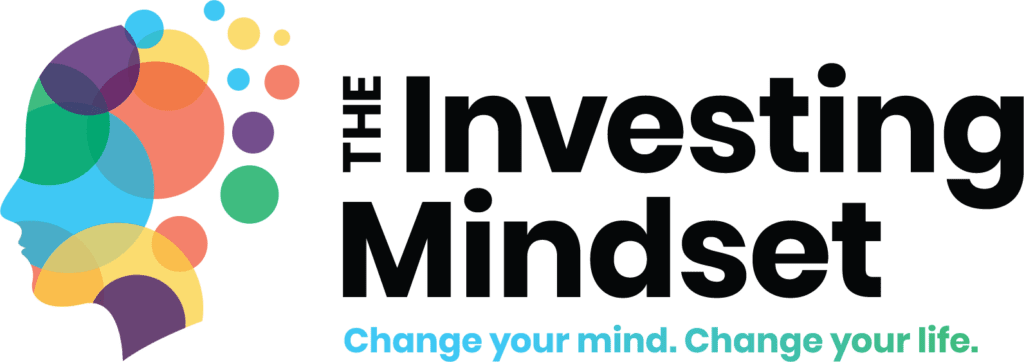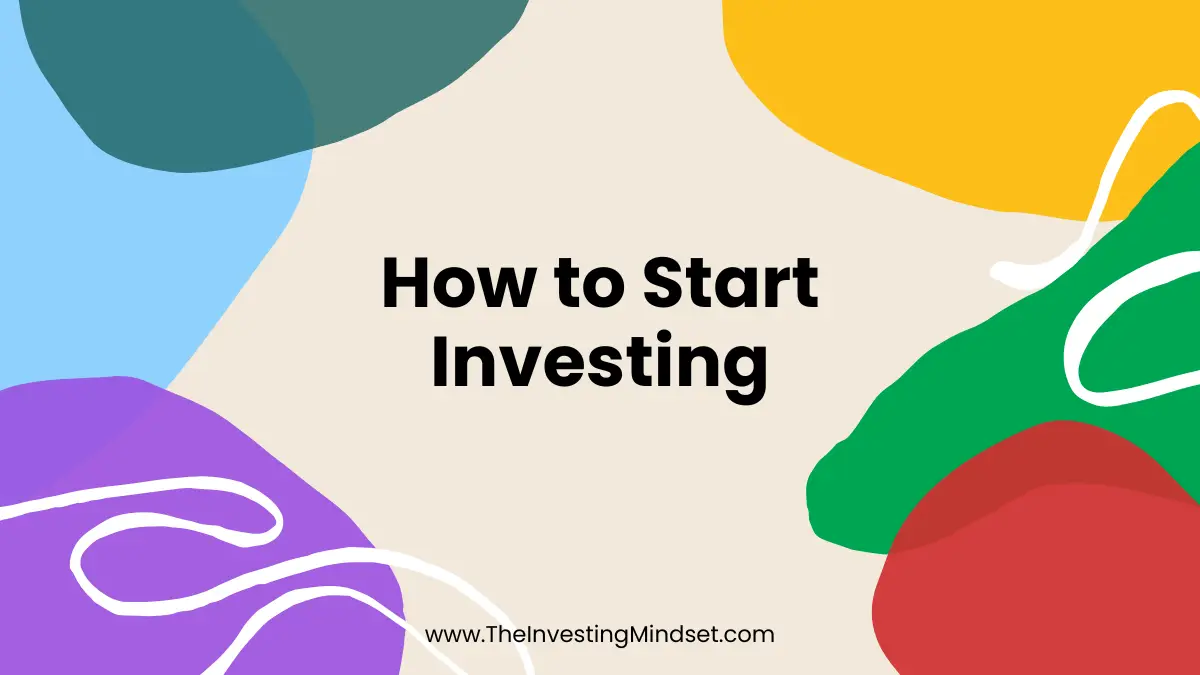“The individual investor should act consistently as an investor and not as a speculator.” – Ben Graham
Have you ever wondered why you’ve missed so many investing opportunities in the past? If so, you’re not alone. Many people ask themselves why the rich keep getting richer—even in times of economic downturns. Understanding how to start investing can help you take advantage of these opportunities and build your wealth.
The biggest reason people miss out on building wealth through investing is that they view it as a one-time event—like winning the lottery, striking it big with a single stock, or marrying into wealth. However, successful investing is a long-term strategy that requires consistent action.
If you want to build wealth, you need to do two things:
-
Start investing as soon as possible (we’ll talk more about how to start investing in this article).
-
Stay committed by consistently investing over time.
The worst mistake you can make is believing you need a home run to become wealthy. Let’s explore why most people don’t invest and how you can overcome common roadblocks.
Why Most People Don’t Invest
Over the years, I’ve observed why many people hesitate to invest, even when they know it’s essential for securing their financial future. The most common reasons include:
-
Fear of risk: People worry about losing money and hesitate to take the first step.
-
Lack of knowledge: Many feel they don’t know enough about investing to get started.
-
Desire for instant gratification: Some expect immediate returns and lose patience when results take time.
-
Procrastination: Life gets busy, and investing takes a backseat to other priorities.
These mental blocks keep people stuck in the cycle of inaction. However, the secret to building wealth through investing is to start small and stay consistent. Let’s talk about how to start investing.
The Secret to Investing Success
Investing is like planting an orchard. You start with a single seedling, nurture it, and allow it to grow over time. Here’s how this analogy applies to investing:
-
Plant the seed: Set aside a portion of your income for investments. The sooner you start, the more time your money has to grow.
-
Tend to your investments: Just like trees need water, fertilizer, and pruning, your investments need regular contributions, monitoring, and adjustments.
-
Be patient: Orchards don’t bear fruit immediately, and neither do investments. It may take years before you see significant growth, but persistence pays off.
-
Reap the rewards: Over time, as your investments compound, they can provide financial security, passive income, and even generational wealth.
The biggest mistake new investors make is expecting immediate results. Investing is a marathon, not a sprint. Even small, consistent contributions can lead to substantial growth over time. The key is to develop good habits, stay the course, and let your investments work for you.
There are many different ways to invest, each with its own risk level and potential return. Some of the most popular investment options include:
-
Stocks: Buying shares in individual companies allows you to benefit from their growth. Stocks can be volatile, but over the long term, they tend to offer strong returns.
-
Index Funds & ETFs: These are baskets of stocks that track a specific market index, like the S&P 500. They offer diversification and lower risk compared to individual stocks.
-
Bonds: Investing in government or corporate bonds provides a steady, lower-risk income through interest payments.
-
Real Estate: Buying rental properties or real estate investment trusts (REITs) can generate passive income and long-term appreciation.
-
Mutual Funds: Professionally managed funds that pool money from many investors to buy a diversified portfolio of stocks and bonds.
-
Cryptocurrency: A newer, highly volatile investment option that includes digital assets like Bitcoin and Ethereum.
-
Small Business & Side Hustles: Investing in your own business can lead to significant returns if managed well.
The key is to choose investments that align with your goals, risk tolerance, and time horizon. A well-balanced portfolio often includes a mix of these investment types to maximize growth while managing risk.
A Simple 2-Step Plan to Wealth
If you want to know how to start investing and build wealth, follow this simple plan:
-
Take the first step: Open an investment account and start contributing, even if it’s a small amount. The earlier you start, the more your money benefits from compound growth.
-
Stay focused and consistent: Make regular investments, even during market fluctuations. Avoid the temptation to withdraw funds prematurely—true wealth-building comes from long-term commitment.
To break it down further:
-
Make investing a habit: Treat your investment contributions like a monthly bill—non-negotiable and automatic.
-
Start small and scale up: Even if you can only invest $25 or $50 a month, it adds up. As your income grows, increase your contributions.
-
Think long-term: Wealth isn’t built overnight. The most successful investors stay invested for decades, allowing their money to grow exponentially.
This approach separates wealthy individuals from those who never build financial security. The key is persistence—investing isn’t about getting rich overnight, but about building long-term wealth.
How to Start Investing Today
Ready to take action? Here’s what you can do right now to start investing:
-
Open an investment account: Choose a brokerage that fits your needs and start funding your account.
-
Commit to saving and investing regularly: Allocate a portion of your income to investments each month.
-
Avoid withdrawing investment funds: Keep your money growing by only using it for legitimate investment opportunities like stocks, real estate, or business ventures.
When I started investing, I set up my investment account within three months of starting my job. I began with stocks and later ventured into a side business. Although my first business failed due to inexperience, the lessons I learned were invaluable. Over time, I became a more confident and knowledgeable investor.
The most important thing is to take action and stay committed, even when results aren’t immediate. Investing is a skill that improves with time, and the sooner you start, the better off you’ll be.
Final Thoughts
I can’t guarantee that my exact approach will work for you, but I do know one thing: If you keep investing, you’ll build confidence, secure your future, and avoid financial struggles down the road.
Start today. Your future self will thank you.
To your success
Akin Osho




